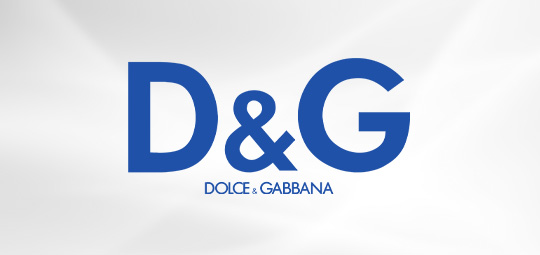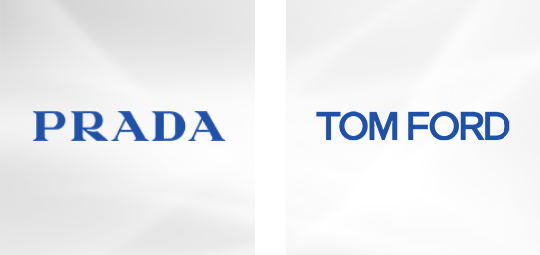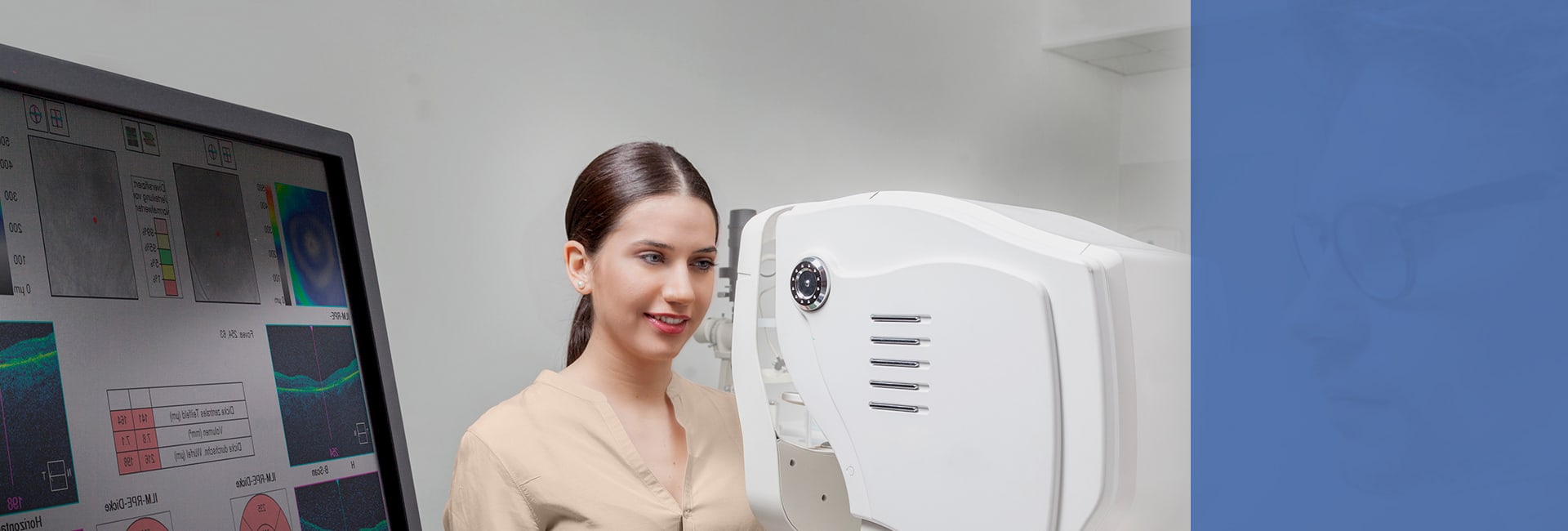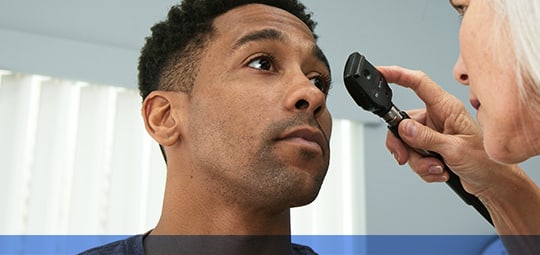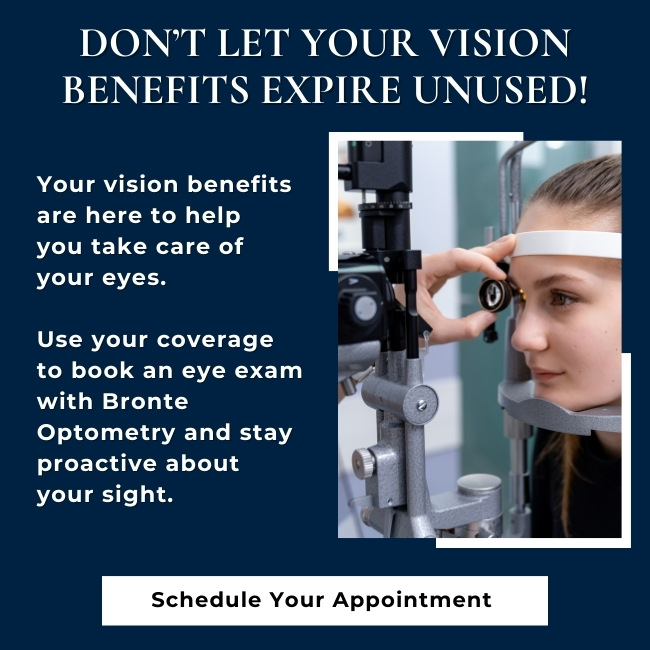OCT – The New Standard of Care
OCT, or Optical Coherence Tomography, is an imaging technique that creates cross-sectional images of the retina, optic nerve, and other structures in the eye.
At Bronte Optometry, we consider OCT technology essential for effective eye health management, which is why it’s included in all non-OHIP eye examinations.
Moreover, our comprehensive exams not only assess your prescription needs but also screen for various eye diseases impacting vision and overall health, including glaucoma, cataracts, and macular degeneration, among others.
Our exam process is designed to be informative, productive, and efficient, prioritizing quality care for patients invested in their eye health.
Contact us to schedule your eye exam today.
When Should You Visit Us for an Eye Exam?
Vision naturally shifts over time, and eye exams help us pinpoint changes related to age, nearsightedness, farsightedness, and other factors.
We recommend eye exams every 2 years for adults and annually for seniors (65+). But everyone is different, so your schedule may change depending on your visual needs and the recommendations from your eye doctor.
Our Technology & OHIP Coverage
We want to make sure your eye care is covered. During your exam, we can review your OHIP eligibility and explain what’s included.
While OHIP covers care for most acute or progressive eye conditions, some additional services may have separate costs. We’ll be happy to discuss these with you. Our team is focused on providing timely access to care with diagnostic testing for early diagnosis and prevention.
Due to changes in OHIP eye care coverage on September 1, 2023, eligibility for patients 65 and up is changing to cover only specific acute and progressive eye conditions on a yearly basis. Patients without those conditions are covered every 18 months.
We provide tests, including refraction and glaucoma screenings, along with the option of optical coherence tomography (OCT) scans to help detect signs of eye disease early.
More About Our Technology
Technology plays a big part in what we do at Bronte Optometry. To create a comprehensive experience, we take the time to educate our patients on the different technologies they can expect when they visit us for an eye exam.
If you have any questions or concerns about our technology, our team is more than happy to address them during your visit.
Autorefractor
The autorefractor emits an infrared light beam that is then reflected from the retina. Depending on the refraction, the refractometer calculates a value for the optical power. This tells the doctor what power glasses or contact lenses you need.
Keratometer
The keratometer is a diagnostic instrument that measures the curvature of the anterior surface of the cornea, which is particularly useful for assessing the extent and axis of astigmatism
Tono-Pachymeter
The tono-pachymeter is designed to measure intraocular pressure. It does this by measuring your eye’s resistance to a puff of air. The machine then calculates your pressure and determines if it’s too high, which may put you at risk of glaucoma. The instrument also measures the thickness of your cornea (pachymetry), which is important for glaucoma monitoring.
3D OCT-1 Maestro
An OCT is a noninvasive test that uses light waves to capture highly detailed cross-sectional images of your retina, optic nerve, and macula.
With an OCT, we can not only see the surface of your retina but also its many layers to diagnose and manage diseases like diabetic retinopathy and glaucoma.
Humphrey FDT
The FDT is a small, automated peripheral vision testing device. The device features an accessible testing method where you press a response button whenever you see a test stimulus. This simple operating procedure, coupled with the instrument’s well-documented clinical performance, makes it a natural choice to detect the effects of eye diseases on visual function.
This instrument can help detect various conditions, such as glaucoma, degenerative and high myopia, and others.
Glaucoma causes side vision loss, so testing the visual field helps eye doctors determine the severity and progression of the disease.
Eye Exams for Seniors
As we age, eye health becomes increasingly important. Age-related eye diseases pose a risk for many seniors, making regular eye exams essential. Even for those seeking a simple prescription update or switch to progressives, a routine eye exam can detect potential issues early.
At Bronte Optometry, we recommend that your eyes be examined once a year.
Beyond basic eye exams, we also offer comprehensive eye exams using innovative technology and tools to detect eye diseases and conditions such as cataracts, glaucoma, age-related macular degeneration, and retinal detachments.
Maintain a Regular Eye Exam Schedule
A comprehensive eye exam is the first step to enjoying long-term, healthy vision. Our team knows the importance of maintaining a consistent eye exam schedule so we can act quickly on any potential issues.
Contact us to schedule your appointment today and put your eye health first.
Our Brands

